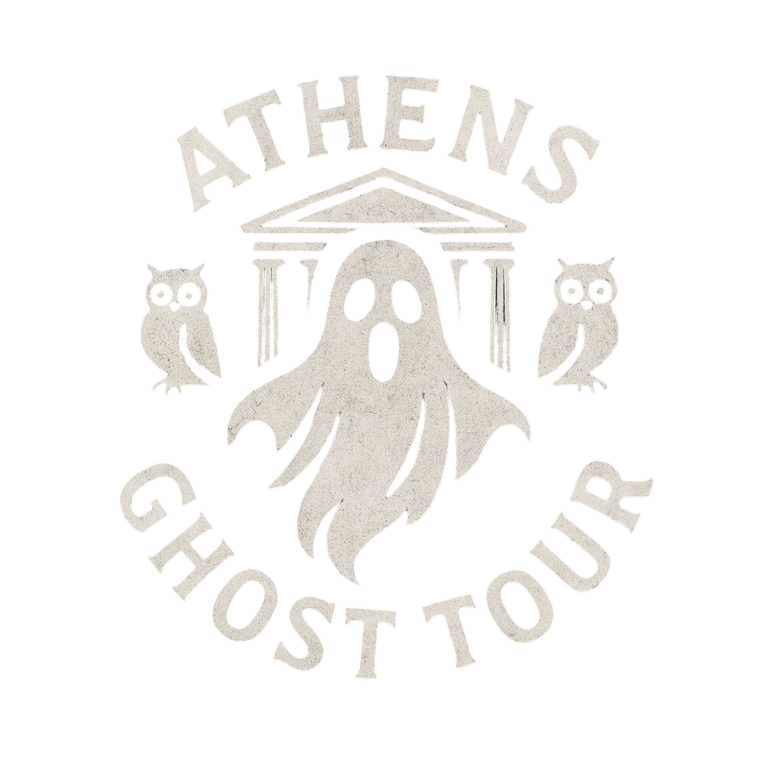Exploring the Panathenaic Festival: A Glimpse into Ancient Religious Rituals
7/21/20252 min read


Introduction to the Panathenaic Festival
The Panathenaic Festival, a significant event in ancient Athens, celebrated the goddess Athena, the city's patron deity. This festival held a unique place in the hearts of Athenians, combining both athletic and cultural competitions with deep-rooted religious significance. The festival was not merely a celebration but also a manifestation of reverence, showcasing numerous rituals that often carried an eerie undertone.
Rituals and Ceremonies
One of the most captivating aspects of the Panathenaic Festival was the elaborate rituals conducted throughout its duration. Among these were offerings, processions, and contests that engaged the entire community. The rituals began with a grand procession where citizens presented a new peplos, or robe, to the wooden statue of Athena in her temple on the Acropolis. This event, filled with vibrant displays and fervent prayers, starkly contrasted with the solemn aspects of worship that often accompanied it.
The festival also involved sacrifices, which were entrustments to appease the gods. Animals, typically sheep and cattle, were offered as part of the rituals. While these sacrifices were meant to honor the gods, they often exuded an eerie essence, with the community watching in hushed reverence as the priests conducted the rites. It was during these moments that the connection between the living and the divine felt particularly haunting, as the air filled with both hope and fear.
The Eerie Underpinnings of the Festival
What made the Panathenaic Festival particularly fascinating were not just its vibrant celebrations but also the haunted elements deeply interwoven within its rituals. The concept of the afterlife and the presence of the spirits were prevalent in ancient Greek religion. Participating in ceremonies that honored the gods also implied acknowledgment of a darkened world; a realm where the ingathering of spirits could take place.
Many Athenians believed that during the festival, the boundary between the living and the dead thinned, allowing for possible communication with ancestors. This blend of religious festivity and the undercurrents of hauntings reminded individuals of their mortality. Such beliefs led to a heightened sense of spirituality that permeated the festival, making it a rich tapestry of joy and trepidation.
Conclusion
In conclusion, the Panathenaic Festival stands out as a pivotal ancient religious festival that elegantly wove together athletic competition, cultural pride, and haunted rituals. As participants celebrated their devotion to Athena, they also navigated the complexities of life and death, bringing a unique depth to the festival. Despite the passage of time, the echoes of the Panathenaic Festival still resonate in discussions of ancient Greek culture, reminding us of the enduring nature of belief and ritual in shaping human experience.
